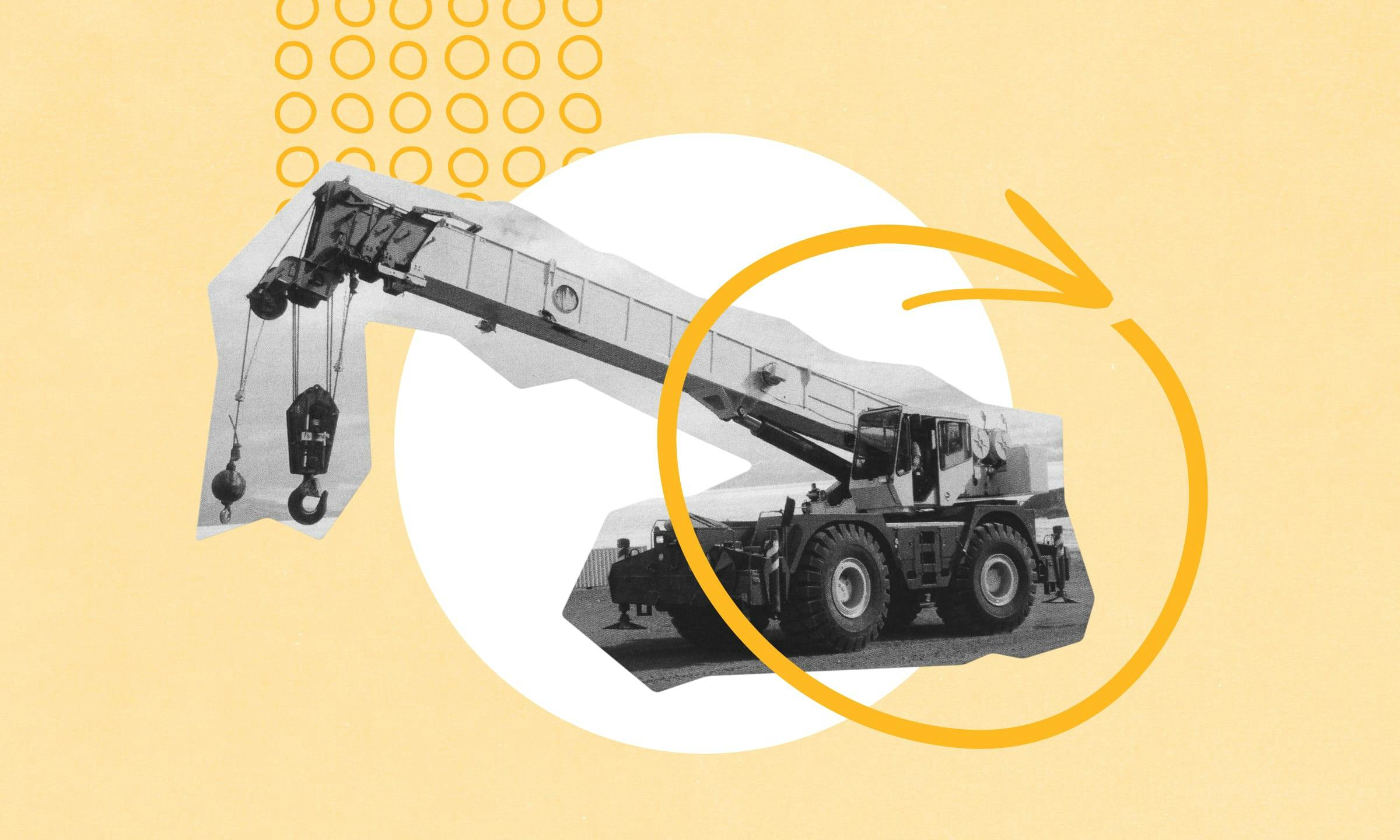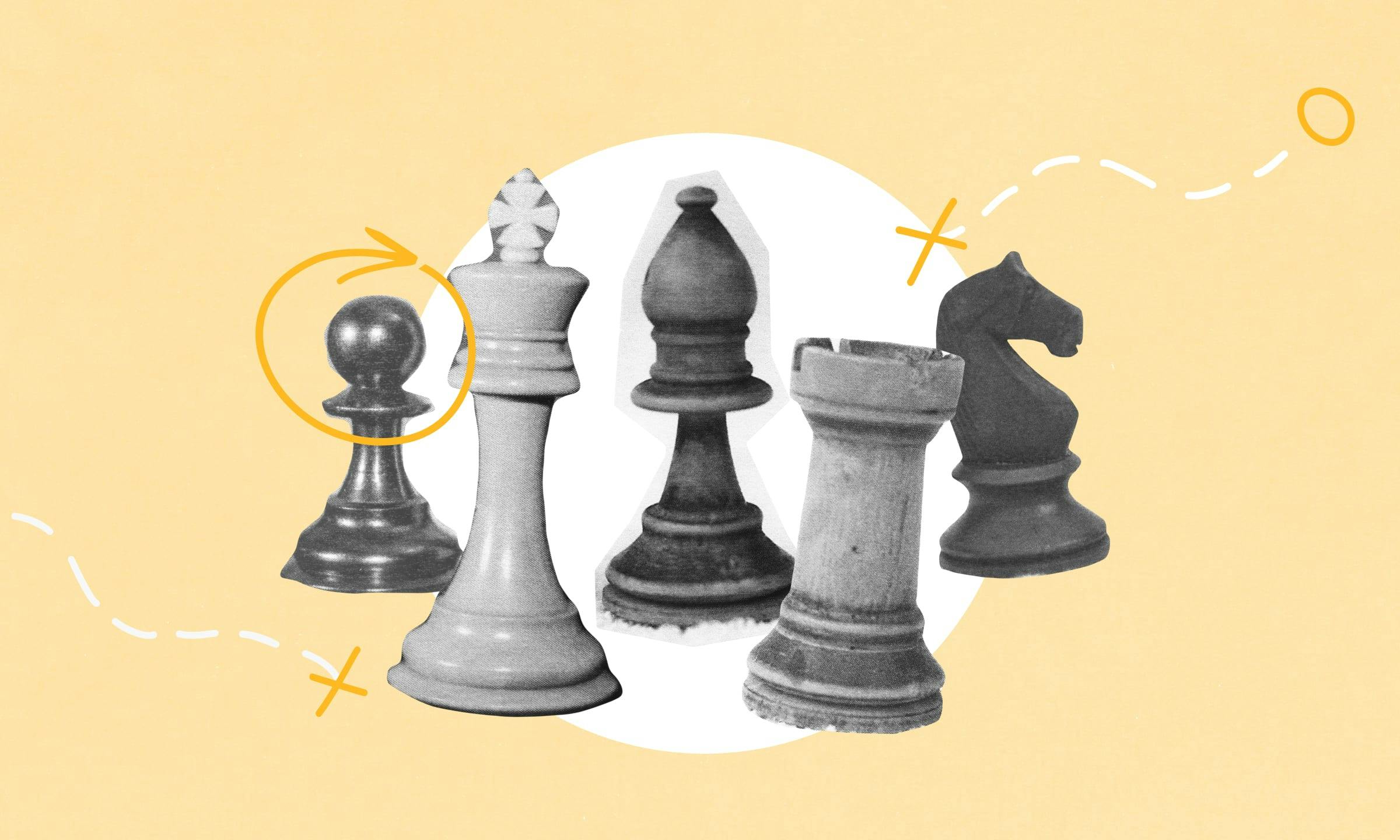Connecting Product Circularity and Brand in Construction & Heavy Equipment

For years, products were designed almost solely for ease of manufacturing, with little thought given to what happens to the product at the end of its lifecycle.
It was a take-make-dispose model—linear in nature—that focused primarily on reducing manufacturing costs while increasing profits.
However, as more and more attention is given to the finite nature of the world’s resources, and as climate and sustainability challenges have worsened (while simultaneously creating economic opportunities for differentiation), more consideration and investment capital has been given to the creation of a Circular Economy.
According to The Ellen MacArthur Foundation, one of the foremost organizations committed to furthering the cause, the agreed-upon definition of Circular Economy is “a systems solution framework that tackles global challenges like climate change, biodiversity loss, waste, and pollution.”
It’s based on three fundamental principles, all of which are driven by design: eliminate waste and pollution, circulate products and materials (at their highest value), and regenerate nature.
As a brand strategist, it’s the phrase “driven by design” that piques my interest, because design—and, more specifically, human-centered design and design thinking—are the processes that not only lead to innovative problem solving, but also open up new areas of differentiation and growth—all while solving the fundamental problem of linear product cycles.
Utilizing design thinking, manufacturers can reimagine the design process from the ground up to create products with lifecycles that no longer have a beginning, middle, and end.
By doing that, these companies are not only producing less waste and adding value to the ecosystem, they’re also setting themselves up for meaningful brand differentiation.
Everything matters
But you don’t have to take my word for it.
Global manufacturing giant Caterpillar, often described as the bellwether for the construction industry, writes in its 2022 Sustainability Report that its products are built to be rebuilt.
“They are designed to withstand heavy-duty operating conditions and to be restored and used for multiple lifecycles, reducing the need for raw materials and associated GHG emissions. Designing products and components to be used throughout multiple service lifecycles is the essence of our remanufacturing approach across multiple products and brands.”
In a report titled, The Circular Economy: Moving from Theory to Practice, McKinsey posits that adopting “Circular-Economy principles and integrating new technologies and business models would help companies (and countries) achieve ‘growth within,’ [which focuses] on getting more value from the existing stock of products and materials, while decoupling value creation from resource consumption.”
Clearly, there’s a measurable economic benefit to participating in the Circular Economy, and that benefit has been well studied and well represented across some of the biggest names in the industry.
But what’s often overlooked is the enormous brand opportunity it simultaneously creates.
Buyers—even organizational ones— are much savvier and more discerning than they used to be, and they want to align themselves with brands that believe in the same things they do.
On some level, they want to feel good about their purchases, and it’s your job to oblige them. Highlighting the ways in which your brand is aware of, and fighting against, some of the biggest challenges facing the global economy is a way to mine untapped brand value and deploy it across your marketing efforts.
More specifically, highlighting how you participate in the Circular Economy is a way to bolster your public image, enhance your reputation, unearth new sustainability inspired visual-design opportunities, and create more brand loyalty.
Which, in a sense, brings us full circle.
Understanding the Circular Economy, and how to create circular products, is a sophisticated way of putting further distance between your brand and your nearest competitor.
And in a competitive environment that’s getting bigger and more crowded by the day, it’s an avenue with incredible potential.


